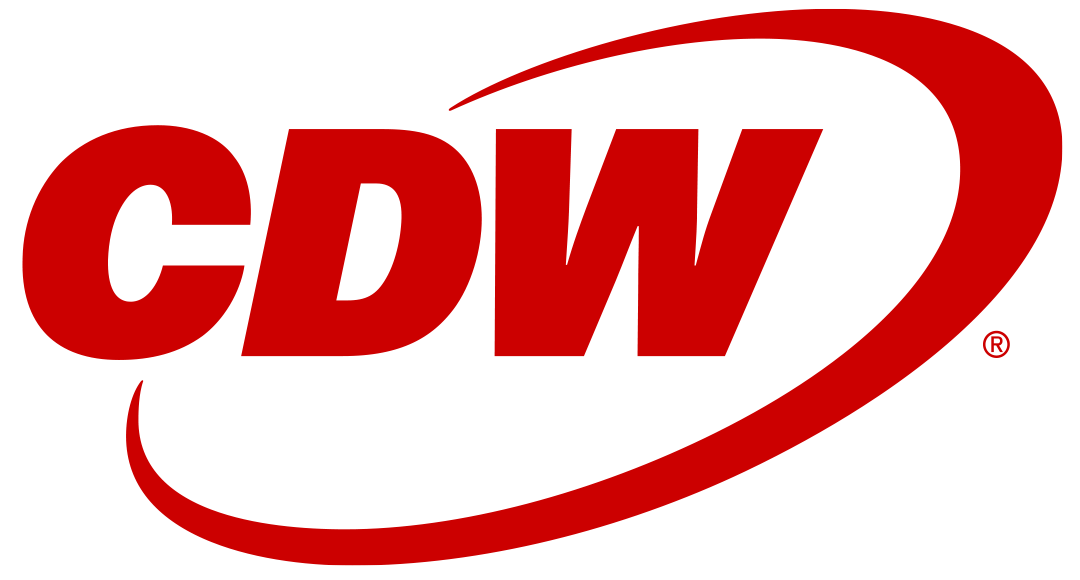According to BetterMeetings.expert, “People would rather visit the dentist than sit through a bad meeting”. This may seem drastic, but I agree. Unproductive meetings are a legacy of the hybrid transition we have seen in the last years. In the Work Trend Index report from Microsoft in 2022 the term “productivity paranoia” was coined. This term was used to collectively refer to the lack of attraction to come into an office, counterbalanced with management concerned about productivity in employees they couldn’t see, and to finish off the trinity; employees increasing their online meetings by 153%, just to look busy!
The increase in meetings in your calendar came from a number of drivers, but what I have seen primarily is that employees wanted to justify that, while they were out of sight, they were still busy.
This need to demonstrate busyness is changing as managers start realising that command-and-control structures don’t always work and can alienate employees. Change is a gradual thing, especially a generational change where the workforce is developing over a long period of time. At lunchtime today I was travelling across London on a bus, and I looked at the extraordinary array of food establishments on almost every road I travelled down. What I noticed is that the places I had seen 20+ years ago when I worked in London are absent and in their place are salad bars, coffee shops, poke restaurants – there are far fewer greasy spoon cafes.
Why do you think this change has happened? My assumption is that this is driven by a generational awareness of importance of diet, and the eateries we see now are successful because they address the desires of the workers we have in metropolitan areas. So why the food focus? Because the way we design and equip our offices needs to be just as appealing and contain as much a variation as the selection of places you can buy your lunch from. The same customers buying a salad with calorie-light dressings are the ones you want coming into the office - not because you mandate it, but because they see value in attending a physical office.
If you are in an office now, stand up and look around, how would you view this office if this was your first day, would you be excited? I’m not talking about turning our offices into a novelty, that would undermine the purpose, but providing real value to the employees will directly influence employee satisfaction and productivity.
A recent study by Gensler, a global design firm, found that the most engaged employees have a variety of workspaces to choose from, including private offices, open desks, collaboration areas, and social spaces. The study also revealed that only 44% of U.S. workers are in optimal workplace environments, and that those who are not have lower levels of innovation, performance, and satisfaction. According to the report, "The best workplaces balance focus and collaboration, and empower employees with choice and control over where and how they work."
So, why is this article about ad hoc meeting spaces? It’s because they will deliver the flexibility and technological enablement for hybrid meetings that will drive productivity and create synergies between local and remote participants.
There may already be meeting rooms in your office, from focus areas to full size boardrooms, but have seen the maximum benefit and utilisation from the ad hoc meeting space. An ad hoc space is not one you can book, it is one that you use for a meeting’ as and when’, then vacate when the meeting ends. Careful management of these spaces must be employed to ensure inappropriate use is discouraged, such as individuals using them as their working space or camping (to use a gaming term).
It has been noticed that quite often, for a hybrid meeting, where 2 or 3 attendees are on site they end up all peering onto their laptop camera as meeting rooms are all booked out. Huddling around one laptop in an open plan office is far from ideal; it is disturbing for those around them and confusing for remote attendees. Technology in meeting room equipment is continually evolving, allowing for open-plan meeting spaces that utilise sound and video fencing to prevent picking up people or sounds from outside a configured area. There is also sound-absorbent material that can be placed in a way to keep audio to a relatively confined environment.
Now imagine that, on average, 2-3 employees who are in the same physical location can now sit together and talk to the remote attendees in a call. The physical presence will drive a more natural environment for those in the office and keep them from being distracted by emails and other conversations. The remote workers unfortunately will have to police themselves in this respect.
If you come to an office and spend most of the day hunched over a laptop screen on hybrid calls, why did you come to the office in the first place? Probably because of productivity paranoia, or personal reasons. Offering this ability to collate and join meetings is one benefit, but with the right equipment choice you can also look to utilise capabilities such as whiteboarding to allow in-office individuals to have discussions around a digital device. This will allow them to capture and share the scribblings, rather than simply seeing photos of a whiteboard in a meeting room before it is wiped clean for the next meeting.
Do you see an opportunity for these ad hoc meeting spaces in your organisation? They can provide a simplicity of connection both technically and for people.
CDW is a technology delivery partner company that can help you create ad hoc meeting spaces in your office, where you can collaborate with remote workers using productivity-enhancing tools. Contact us to find out how we can improve your hybrid work experience.
Contributors
-
 Tim Russell
Tim RussellChief Technologist - Modern Workspace







